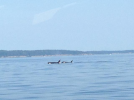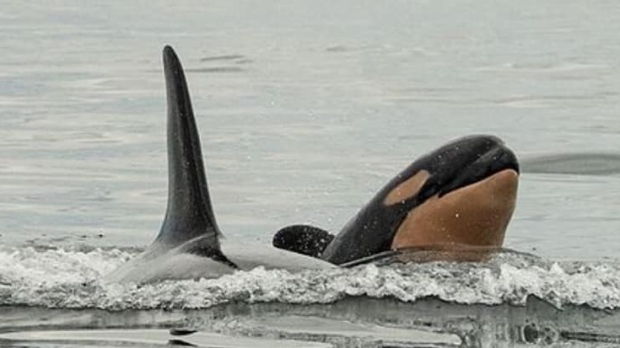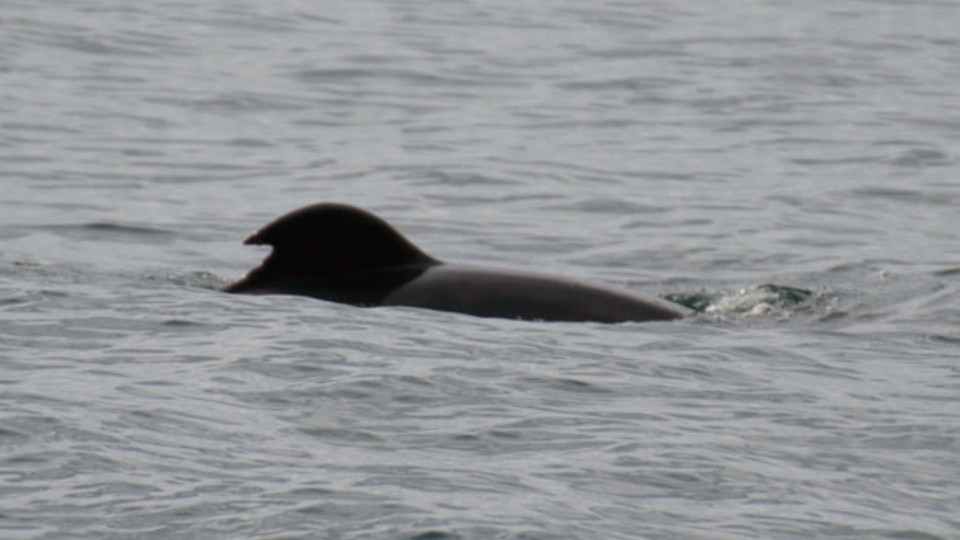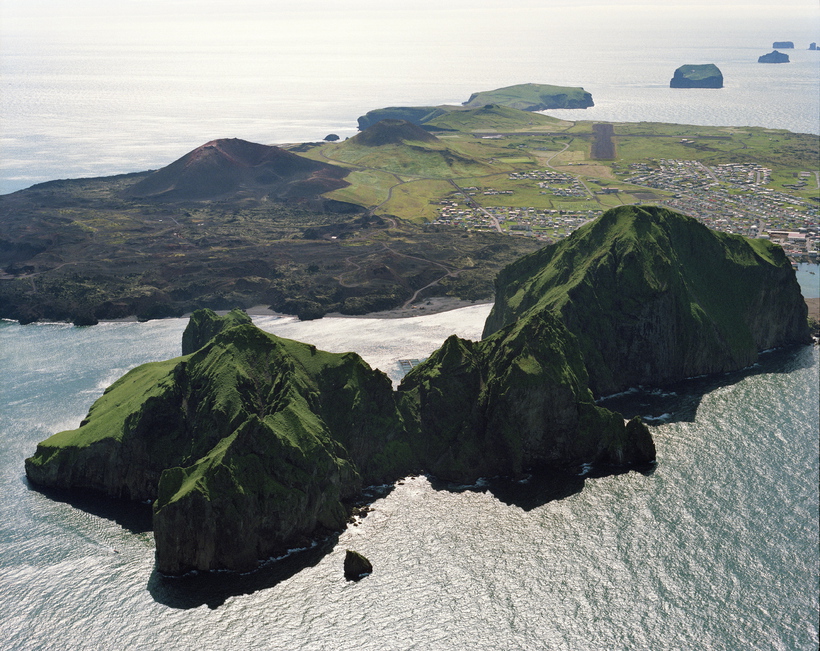Debra
The Living Force
Living on the West Coast, we have an abundance of orca whales in the surrounding Pacific ocean year round.
They garner a lot of interest and my family members and I have had numerous sightings.
The First Nations have Ancestral stories and claim lineage with the Orcas.
When the Orcas get tangled in fishing nets, or in trouble with cast off ropes, it is not unusual for them to come close to a boat and they seem to ask for HELP and assistance in getting free of the tangled mess.
It is almost unheard of, for them to attack people in the ocean.
The occasions of them being aggressive towards people OR boats are very rare.
A couple pictures from the last couple days, up island from me:

So many orcas not enough room to fit in the frame: A30s with A54s and A50s
Malcom Island (Northern Vancouver Island)
The letter and number combinations indicate the different pods,and orca members.
These two in the picture below are swimming off shore about 10 minutes walk from my home:


An orca near a whale-watching boat in the Salish Sea near Washington on July 31, 2015.
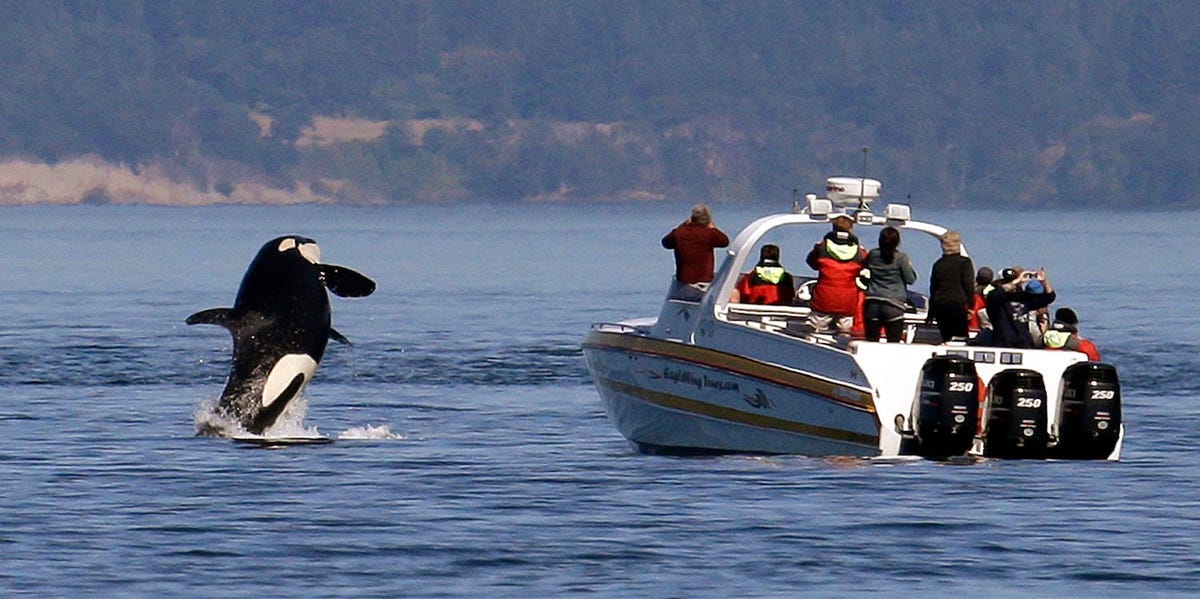
 www.insider.com
www.insider.com
This story caught my attention, and due to the mention of the novel "The Swarm" by Frank Schatzing in an online discussion, I figured you all on the forum may see what I am seeing!
About the book, "The Swarm" From Amazon:
"Whales begin sinking ships. Toxic, eyeless crabs poison Long Island's water supply. The North Sea shelf collapses, killing thousands in Europe. Around the world, countries are beginning to feel the effects of the ocean's revenge as the seas and their inhabitants begin a violent revolution against mankind. At stake is the survival of the Earth's fragile ecology—and ultimately, the survival of the human race itself.
The apocalyptic catastrophes of The Day After Tomorrow meet the watery menace of The Abyss in this gripping, scientifically realistic, and utterly imaginative thriller."
So, in the novel, the cause of the problem is started by a mysterious, mythical, transforming single cell algae, or marine plankton.
This IS a real creature, and it is fascinating!
Here is a chart of what is suspected to go down with this little guy, under the right conditions:

The complex life cycle of Pfiesteria piscidica. Red = toxic stages, yellow = possibly toxic stages, blue = passive stages
Very little research on the human health effects of Pfiesteria toxins has been conducted.
Humans in contact with it have a varied and strange bunch of symptoms. which include:
My point, is what if The Orcas are exhibiting the same type of "Information Download" that parallels the bizarre split in humanity, that we are documenting every day, here on the Forum?
Some people are expanding in consciousness, while others seem to be descending into madness and fear....
They garner a lot of interest and my family members and I have had numerous sightings.
The First Nations have Ancestral stories and claim lineage with the Orcas.
When the Orcas get tangled in fishing nets, or in trouble with cast off ropes, it is not unusual for them to come close to a boat and they seem to ask for HELP and assistance in getting free of the tangled mess.
It is almost unheard of, for them to attack people in the ocean.
The occasions of them being aggressive towards people OR boats are very rare.
A couple pictures from the last couple days, up island from me:

So many orcas not enough room to fit in the frame: A30s with A54s and A50s
Malcom Island (Northern Vancouver Island)
The letter and number combinations indicate the different pods,and orca members.
These two in the picture below are swimming off shore about 10 minutes walk from my home:
An orca near a whale-watching boat in the Salish Sea near Washington on July 31, 2015.
A pod of killer whales is accused of 'orchestrated' attacks on boats, terrifying the sailors and baffling scientists
Orcas are said to be ramming sailboats along the Spanish and Portuguese coasts in an unprecedented display of aggressive behavior.
This story caught my attention, and due to the mention of the novel "The Swarm" by Frank Schatzing in an online discussion, I figured you all on the forum may see what I am seeing!
About the book, "The Swarm" From Amazon:
"Whales begin sinking ships. Toxic, eyeless crabs poison Long Island's water supply. The North Sea shelf collapses, killing thousands in Europe. Around the world, countries are beginning to feel the effects of the ocean's revenge as the seas and their inhabitants begin a violent revolution against mankind. At stake is the survival of the Earth's fragile ecology—and ultimately, the survival of the human race itself.
The apocalyptic catastrophes of The Day After Tomorrow meet the watery menace of The Abyss in this gripping, scientifically realistic, and utterly imaginative thriller."
So, in the novel, the cause of the problem is started by a mysterious, mythical, transforming single cell algae, or marine plankton.
This IS a real creature, and it is fascinating!
Here is a chart of what is suspected to go down with this little guy, under the right conditions:
The complex life cycle of Pfiesteria piscidica. Red = toxic stages, yellow = possibly toxic stages, blue = passive stages
Very little research on the human health effects of Pfiesteria toxins has been conducted.
Humans in contact with it have a varied and strange bunch of symptoms. which include:
- memory loss
- confusion
- acute skin burning (on direct contact with water); or
- three or more of an additional set of conditions (headaches, skin rash, eye irritation, upper respiratory irritation, muscle cramps, and gastrointestinal complaints (i.e., nausea, vomiting, diarrhea, and/or abdominal cramps).
My point, is what if The Orcas are exhibiting the same type of "Information Download" that parallels the bizarre split in humanity, that we are documenting every day, here on the Forum?
Some people are expanding in consciousness, while others seem to be descending into madness and fear....

